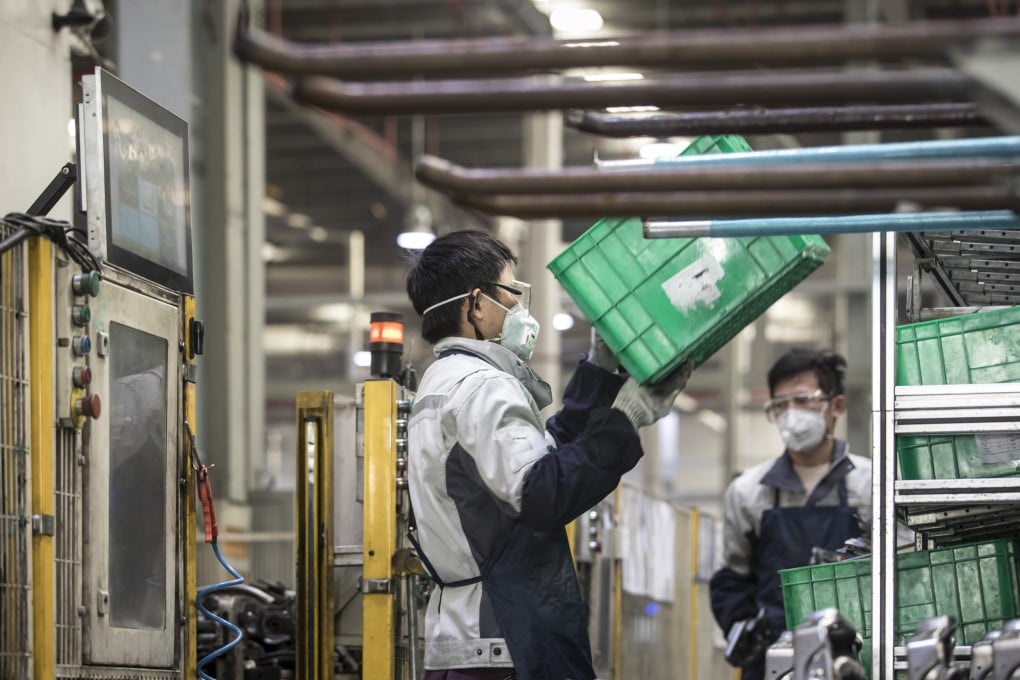Coronavirus: only a third of Chinese small businesses open as outbreak disrupts labour and logistics
- Government says just 30 per cent of small businesses are back to work, with many manufacturers struggling to source labour due to the coronavirus outbreak
- Larger producers are faring better, but still suffering a logistical hangover from China’s nationwide containment efforts

A month after factories shut for the extended Lunar New Year holiday, a patchwork picture of production is emerging in China, with only 30 per cent of small businesses able to reopen due to the ongoing coronavirus epidemic.
“The smaller the size of the company, the lower the rate of work resumption,” Shu Zhaohui, a senior official from the Ministry of Industry and Information Technology, told a press conference in Beijing on Tuesday.
It is a far cry from the 91 per cent of large foreign-funded companies in the southern Chinese city of Dongguan that were reported to have restarted operations as of February 23, according to local authorities.
Over the years we have helped a lot of companies do live action crisis planning on their supply chains, but the scenario was always that one critical supplier goes down. In this case, the whole country was down – nobody ever ran that scenario
“People are working without a script, people in Europe and the US have no idea of the devastation in China,” said Kent Kedl, senior partner for Greater China and North Asia at Control Risks, a risk consultancy. “Over the years we have helped a lot of companies do live action crisis planning on their supply chains, but the scenario was always that one critical supplier goes down. In this case, the whole country was down – nobody ever ran that scenario.”